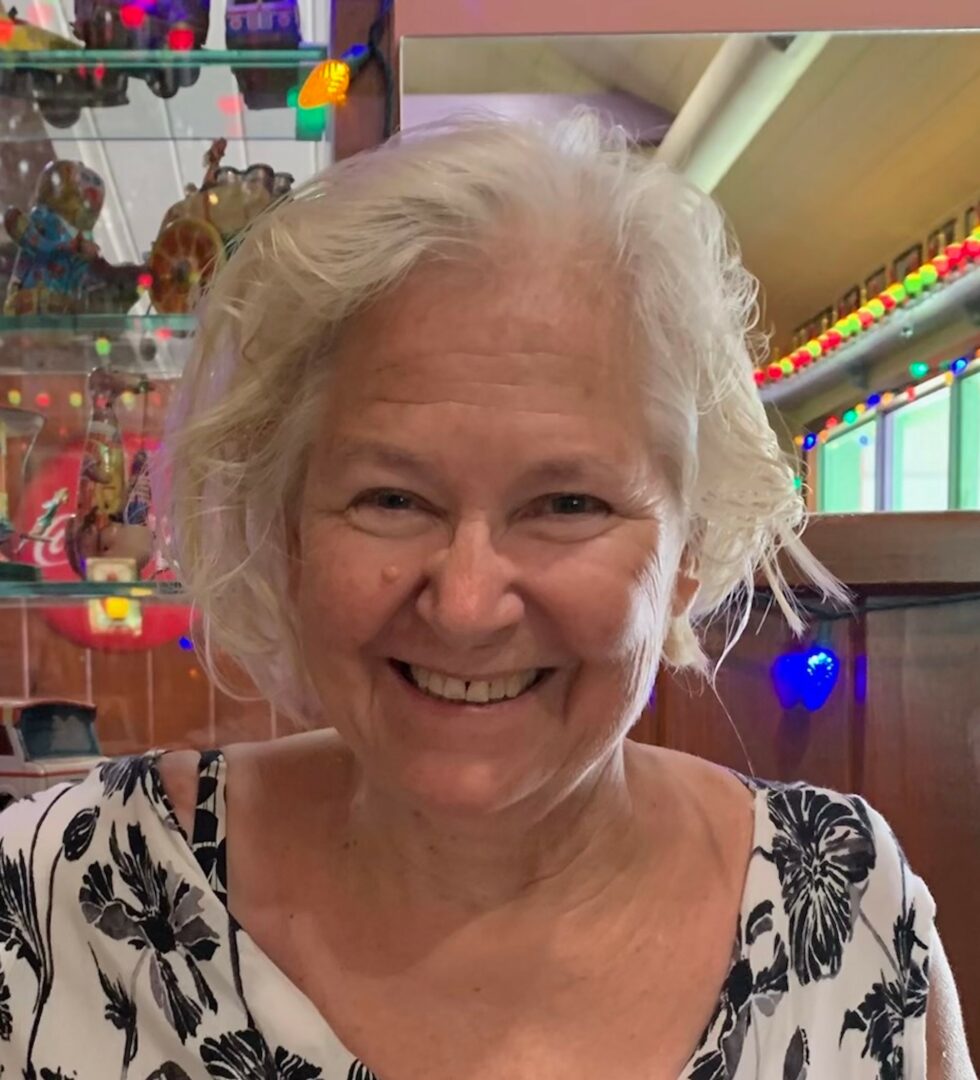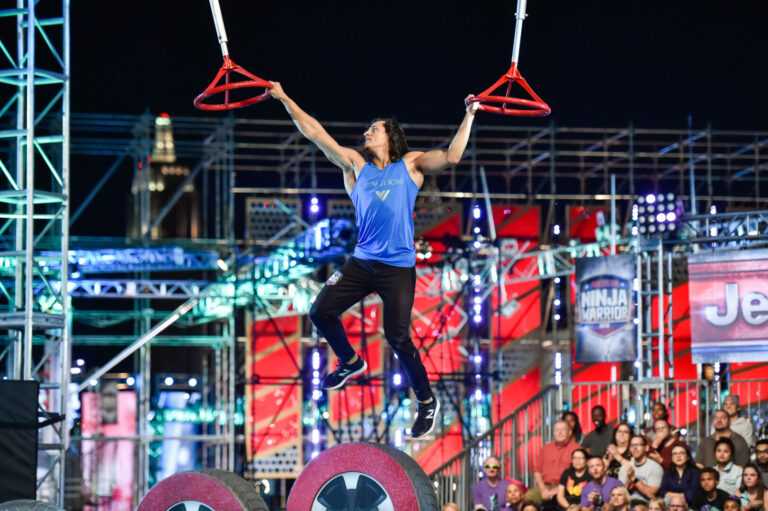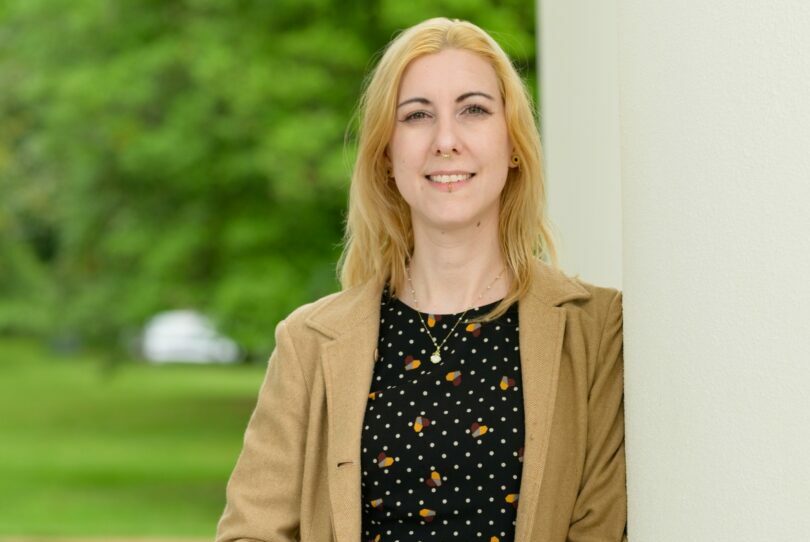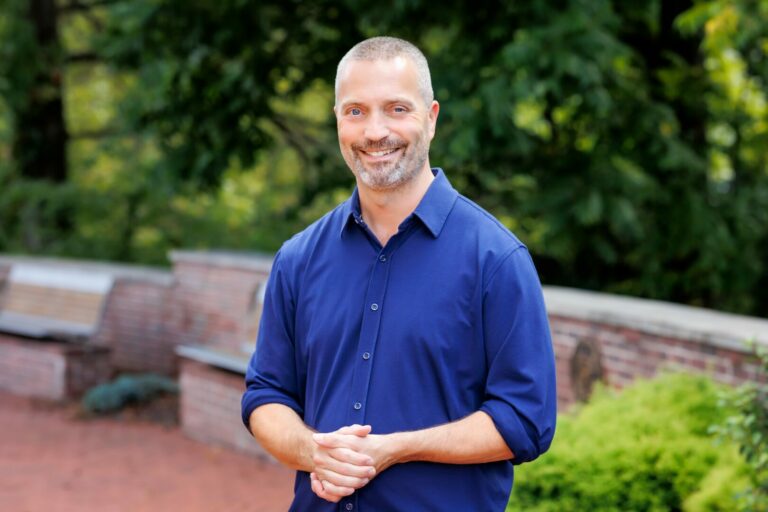We’re looking forward to introducing you to Helen Lessick. Check out our conversation below.
Good morning Helen, it’s such a great way to kick off the day – I think our readers will love hearing your stories, experiences and about how you think about life and work. Let’s jump right in? What is something outside of work that is bringing you joy lately?
As a self-employed creative, it’s hard to identify something outside of work. But I did just return from a joyous 6-day sojourn to Naples, Florida where I visited a friend and saw his solo exhibition at the Wasner Gallery at Florida Gulf Coast University. It was a joy to re-connect with my friend and his family, swim in their pool, and visit Captiva Island!
Can you briefly introduce yourself and share what makes you or your brand unique?
I’m an artist on a wonderful journey, making art about the interconnectivity of peoples and environments. I work with places, phenomena and community. This takes my art outside of the for-profit gallery system, and into art in public places, public art, community art and social practice.
Raised in Philadelphia, I came west to earn my BA from Reed College and MFA from the University of California. I’ve created art projects across the US and internationally, supported by the Pollock Krasner and Bonnie Bronson fellowships, Art Matters grants and funding from the American Academy of Arts and Letters. My residencies have been at New York’s Socrates Sculpture Park; Taliesin West/Frank Lloyd Wright School of Architecture; Playa Summer Lake in Oregon; Atelier Bordas in Paris; Horsehead International in Belfast, North Ireland; Studio Gobbo in Italy; and BIGCI in Bilpin, New South Wales, Australia. My work is in the Getty Research Institute, Museum of Modern Art New York and many museum and municipal collections. I live in Los Angeles with my art studio in Inglewood.
Appreciate your sharing that. Let’s talk about your life, growing up and some of topics and learnings around that. What relationship most shaped how you see yourself?
I’m shaped by the economics of creativity. I’m self-employed, and self-determined, driven to explore the environment through art. I was most shaped by working in and with non-profit artists’ organizations and municipal art galleries in Philadelphia, New York City and Portland, Oregon.
Working outside of mainstream commercial venues, I get to carve my own path. That’s invigorating yet rarely easy. New paths turn up rocks! My constant challenges are funding and creative opportunities.
A blue-collar kid from a big family, I was raised to embrace the value of work and the importance of community. Granddaughter of immigrants, I was taught to see opportunity in places that others overlook. There are huge challenges for women sculptors and installation artists working with ideas, and for artists who choose to work with other artists. Nevertheless, I persist.
When you were sad or scared as a child, what helped?
Nature.
Growing up in the middle of a large family, I had to find a place to find stillness inside. On the neighbor’s property grew a large lilac bush, with branches down low to the ground. A small child could scoot in the be enveloped in the green fortress.. It was quiet except for nesting birds. Their chirps and calls built my sense of happiness.
So a lot of these questions go deep, but if you are open to it, we’ve got a few more questions that we’d love to get your take on. What are the biggest lies your industry tells itself?
Not quite a lie but a misconception is that artists need galleries. I find that galleries – and communities, cities and services – need artists.
My work is an exploration of the interconnection between environmental health and cultural health. Doing this for thirty-five years, I have followed two main threads.
As an artist, I create research-driven installations and art projects, exploring our soils and the health of communities who rely on soils. That is all humans, and the underground communities of insects, nematodes, bacteria, microorganisms, and the hidden life of plant roots. For twenty years I have explored soil recovery from high intensity fires across the US west, in Australia and Canada.
As a creative catalyst, I develop municipal art programs, here in Los Angeles and across the United States. For 12 years, I consulted for the City of Inglewood, developing artist-forward public art program policies and projects. I led the effort in Houston, expanding public art beyond city centers and into community sites. Committed to artist-led public art projects and policies, I work to sweeten the soils for others, to grow roots and opportunities.
The misconception is that one person can’t do both.
Thank you so much for all of your openness so far. Maybe we can close with a future oriented question. What are you doing today that won’t pay off for 7–10 years?
Making art and writing about public art.
What matters to me is paying attention, supporting my work and the work and thinking of artists. In 2025, I published TimeFrame and Experiments in Public Art: Inglewood, two books exploring overlooked phenomena.
TimeFrame is my artist’s monograph consolidating thirteen art projects created across the globe. The book is my investigation of under-noticed processes and non-human lives on our shared planet. The fourth in this series, TimeFrame is available through my website.
Experiments in Public Art is my book of public art history in Inglewood, California. Starting in 1939, with a monument supported by community subscription, I explore and document the continuing efforts of local artists to celebrate place and purpose. It’s available on Amazon. Only connect!
Contact Info:
- Website: https://HelenLessick. net

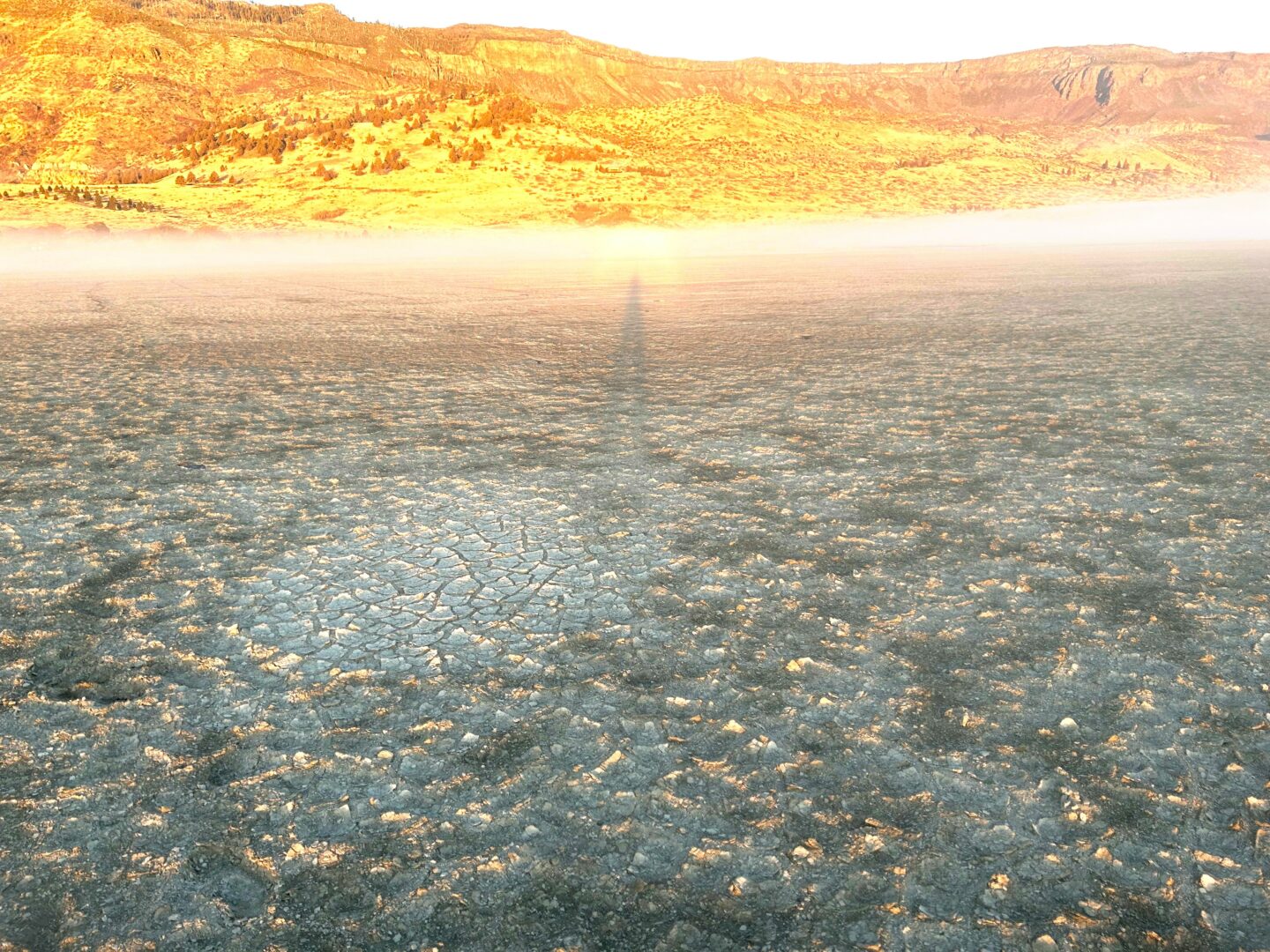
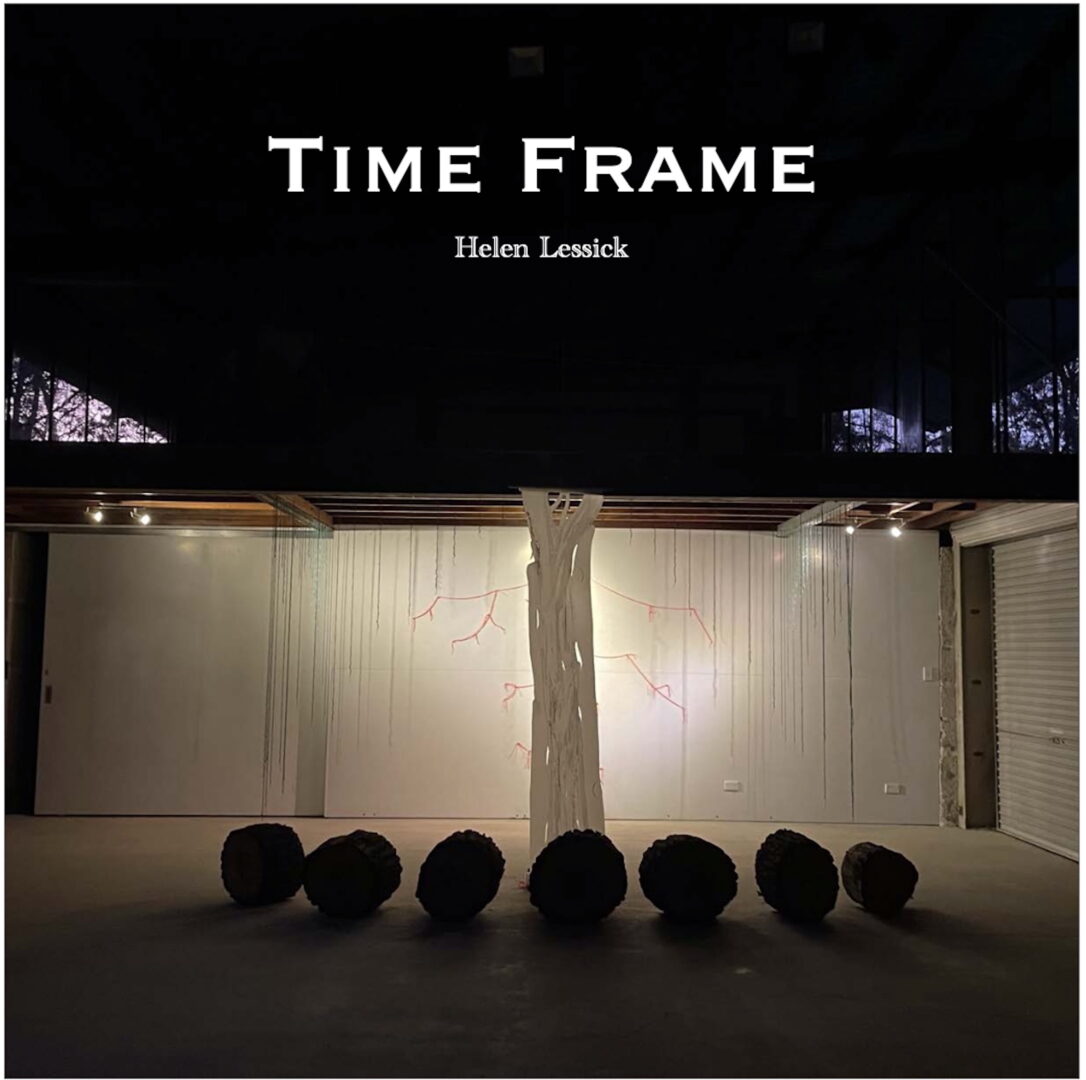
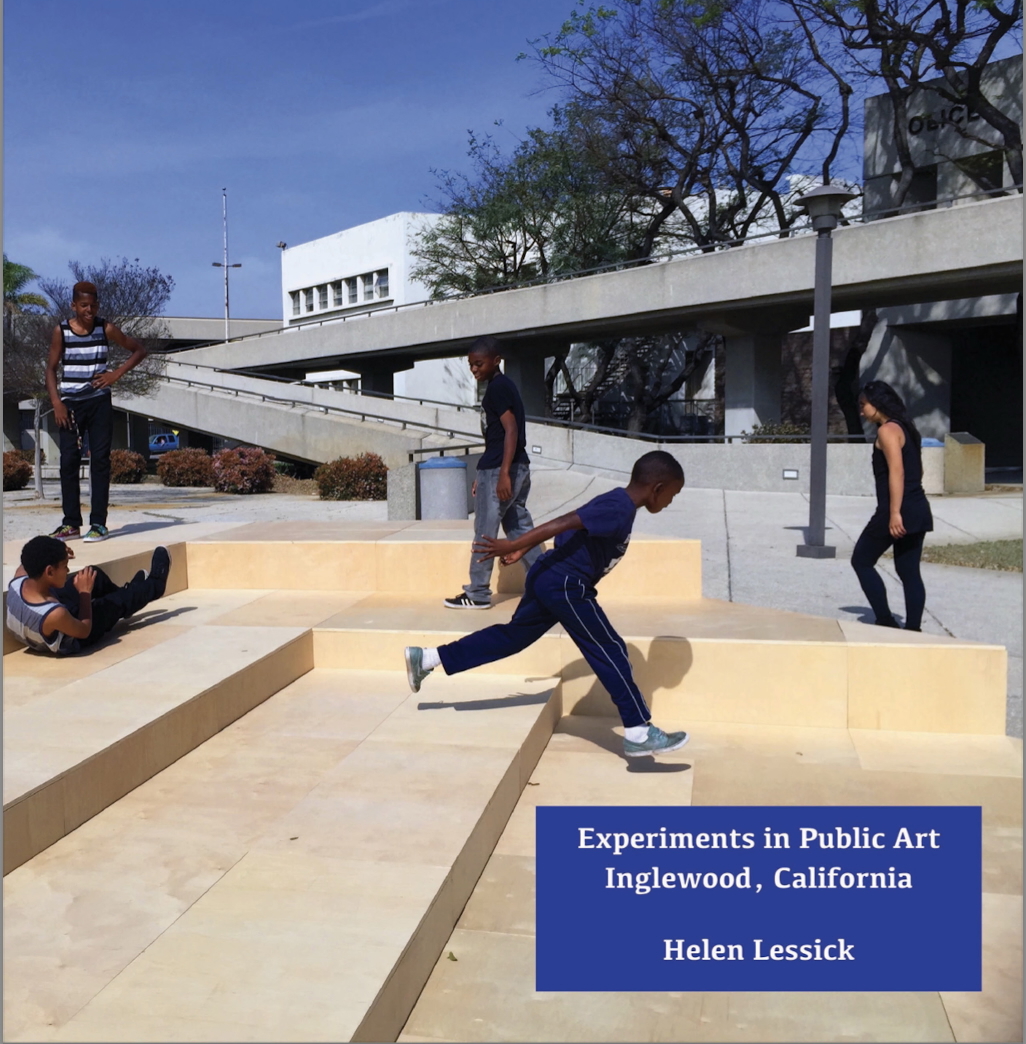

Image Credits
Photo 1 (portrait in Captiva): Janice T. Paine, 2025
Photo 2 – 4: photo credit Helen Lessick
Photo 5 (artist with Australia installation): Courtesy Bilpin Center for Creative Inquiry (BIGCI.org), 2022.
so if you or someone you know deserves recognition please let us know here.

